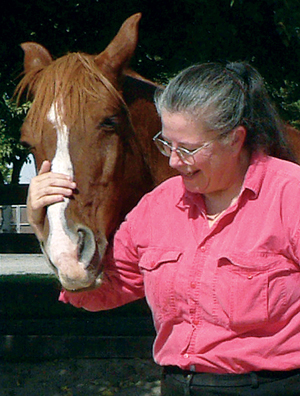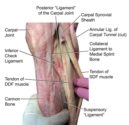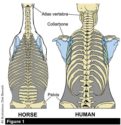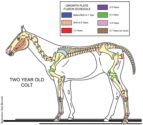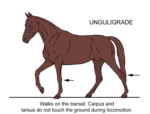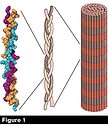Equine Reciprocating Systems: New Parts and Novel Attachments
Understanding the anatomical parts and novel attachments critical to reciprocating systems in the modern-day equine will lay the farrier’s groundwork for achieving soundness
Read More

